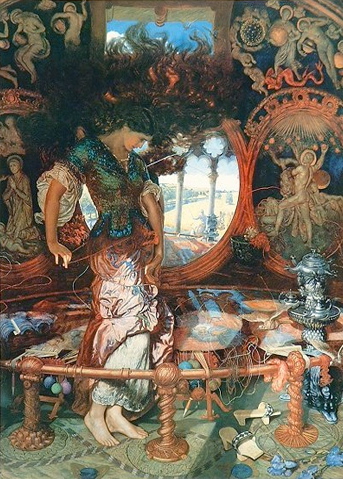 8:104 Literature and Culture of Victorian Britain
8:104 Literature and Culture of Victorian Britain
Professor Florence S. Boos
We will begin with an introduction to the social landscape in 1830s and 1840s Britain, then examine a wide range of fictional, poetic and non-fiction prose texts under rubrics such as "Growing Up in Victorian England," "Myth and Fantasy," "Victorian Values," "Industrial Change and the Empire," and "Faith and Doubt." Along the way, we will study the linguistic and psychological features of the poetry, the social implications of the essays and art criticism, and the aesthetic principles reflected in the fiction. In addition, we will listen to some Victorian songs and view slides of Victorian art.Throughout the course, we will seek common motifs and modes of organization in these writings which may have crossed class, generic and regional boundaries.
We will read essays by Matthew Arnold, John Stuart Mill, John Ruskin and Walter Pater, poetry by Christina Rossetti, Elizabeth Barrett Browning, and Alfred Tennyson, and fictional works by Elizabeth Gaskell (Mary Barton), Frances Trollope (Michael Armstrong, Factory Boy), George Eliot (Mill on the Floss), Thomas Hughes (Tom Brown's School Days), and if time permits, Olive Schreiner (The Story of an African Farm), William Morris (The Wood Beyond the World) and Richard Jeffries (After London).
Students will be asked to submit reading responses in advance of each class session, contribute brief background reports, join with others to prepare a group presentation on a relevant topic, and submit two six-page essays on topics of their choice.
For English majors, AREA: Modern British Literature and Culture; PERIOD: 18th- and/or 19th-Century Literature; Literature and Culture requirement.
Image: Holman Hunt, "The Lady of Shalott"